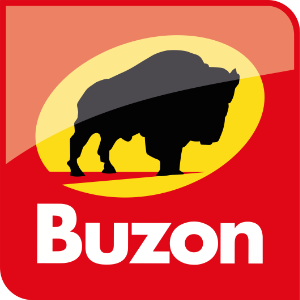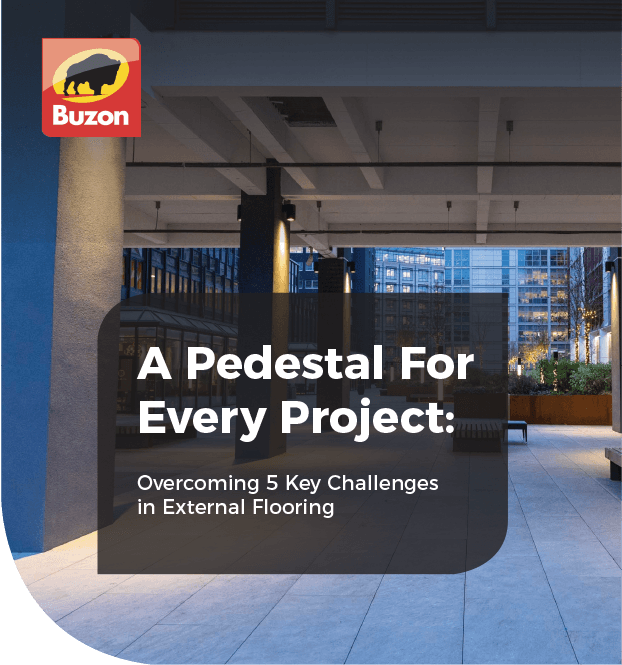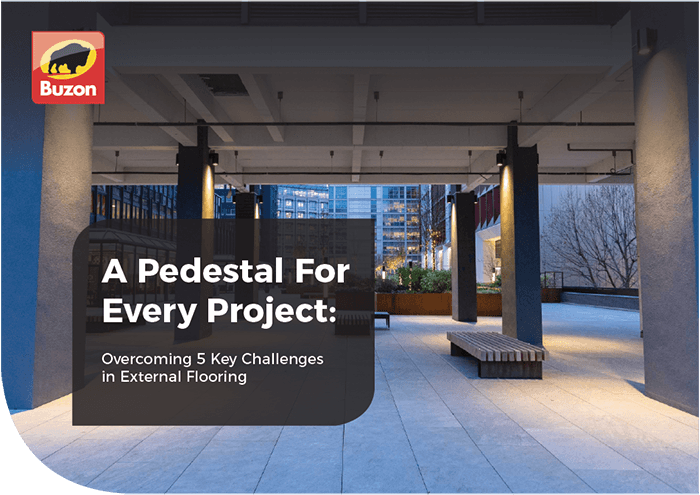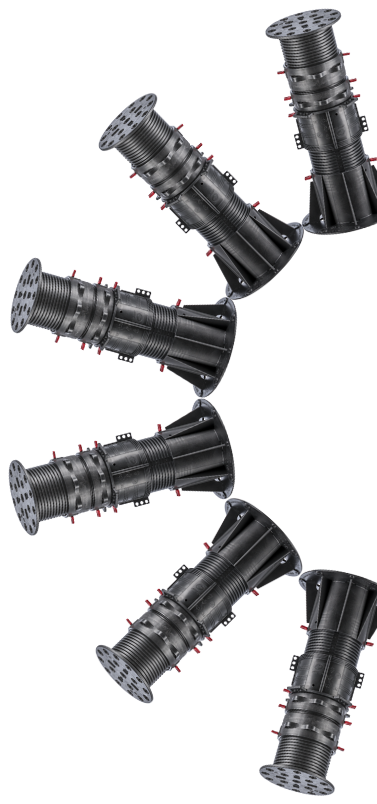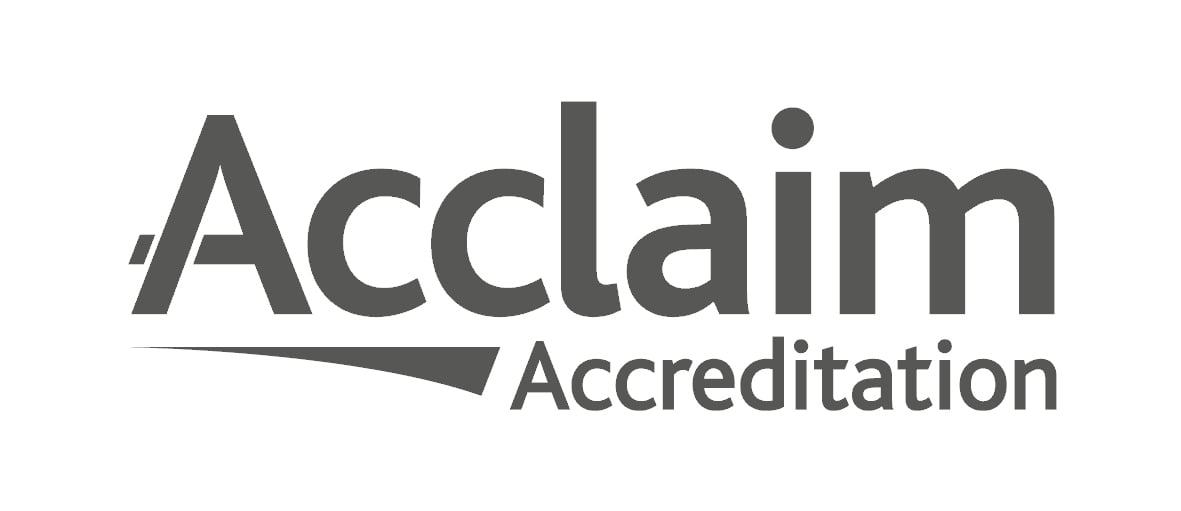As our cities continue to evolve and expand, the concrete landscapes that define them contribute to a growing concern – the rise of urban heat islands.
These pockets of elevated temperatures within urban areas are exacerbated by factors such as concrete structures, limited green spaces, and untapped potential in flat roof areas.
In particular, the unused flat roofs of buildings stand as missed opportunities to combat the heat island effect through the implementation of green roof initiatives such as roof terraces.
Using the latest Heat Resilience and Sustainable Cooling report from the House of Commons Environmental Audit Committee, we will explore the critical issue of urban heat islands, where the underutilisation of flat roof space exacerbates rising temperatures in cities.
Urban Heat Islands And Nature-Based Solutions: A Green Approach To Cooling Cities
Urban Heat Islands (UHIs) represent a formidable challenge, where soaring temperatures create localised hotspots.
These arise due to various factors, including the prevalence of concrete structures, reduced green spaces, and the untapped potential of flat roof areas. As a result, cities often experience temperature differentials between urban and rural regions, with concrete absorbing and radiating heat, further intensifying the warming effect.
Nature-based solutions emerge as pivotal strategies in mitigating the impact of UHIs. The integration of parks, trees, water bodies, and green infrastructure offers a powerful countermeasure. These solutions, such as roof terraces, not only cool the immediate environment but also bring forth multifaceted benefits, spanning health, well-being, improved air quality, enhanced flood resilience, and the preservation of biodiversity.
Government Recommendations For Expanding Green Spaces: Nurturing Cooler, Inclusive Urban Environments
Recognising the pivotal role of green spaces in combating the heat resilience challenges posed by Urban Heat Islands (UHIs), government recommendations offer a blueprint for transformative action.
- Implementation of Statutory Requirements:
Government proposals advocate for the introduction of statutory requirements on local authorities to safeguard and expand green spaces.
This imperative step seeks to ensure that green areas are not only protected but also strategically increased, addressing the stark disparities in access to nature-based solutions, especially in disadvantaged areas.
- Mandating the Green Infrastructure Framework:
To systematically integrate nature-based solutions, recommendations include mandating local authorities in urban areas to adopt the Green Infrastructure Framework. This framework, incorporating the Urban Greening Factor, provides a structured approach to urban planning, guiding the incorporation of green spaces into the fabric of the city. However, challenges persist in translating this framework into widespread practice, highlighting the need for concerted efforts to bridge the implementation gap.
3. Incentivising Green Roof Installations:
In a bid to maximize the cooling potential of urban spaces, the government recommends introducing measures to incentivise the installation of green roofs. This approach applies to both new constructions and retrofitting existing residential or business premises. Green roofs not only contribute to temperature reduction but also enhance overall environmental sustainability.
These government recommendations underscore a commitment to creating equitable, cooler urban environments. By integrating these measures, we can pave the way for a greener, healthier, and more resilient future for our cities.
Built Environment Strategies: Enhancing Cool Comfort In Urban Living
The built environment recommendations reflect a forward-thinking approach that seeks to navigate the challenges posed by Urban Heat Islands (UHIs) and improve overall environmental sustainability.
Extension of Building Regulations (Part O):
Another pivotal recommendation supports the extension of Part O of the Building Regulations. This extension not only covers material changes of use to residential properties but also encompasses refurbishments of existing buildings. By broadening the scope of regulations, the built environment strategies aim to address the specific vulnerabilities and risks associated with different building types, tenures, and occupancy patterns, thereby fostering a more comprehensive and adaptive urban infrastructure.
These strategies stand as a testament to the commitment towards crafting sustainable urban spaces. By revaluating building regulations and extending their reach, solutions are found that prioritise energy efficiency.
Conclusion: Toward a Cooler, Greener Urban Future
Our exploration of Urban Heat Islands (UHIs) reveals a holistic strategy for sustainable urban development, emphasising the pivotal role of green spaces. Mandating green infrastructure, incentivising green roofs, and introducing statutory requirements underscore commitments to creating inclusive, cooler urban environments.
In this vision for the future, roof terraces emerge as integral contributors. Beyond their aesthetic appeal, roof terraces offer multifunctional spaces that enhance the liveability of urban areas. By transforming underutilised roof spaces into green havens, we not only combat UHIs but also create communal areas that promote social interactions, mental well-being, and urban biodiversity.
